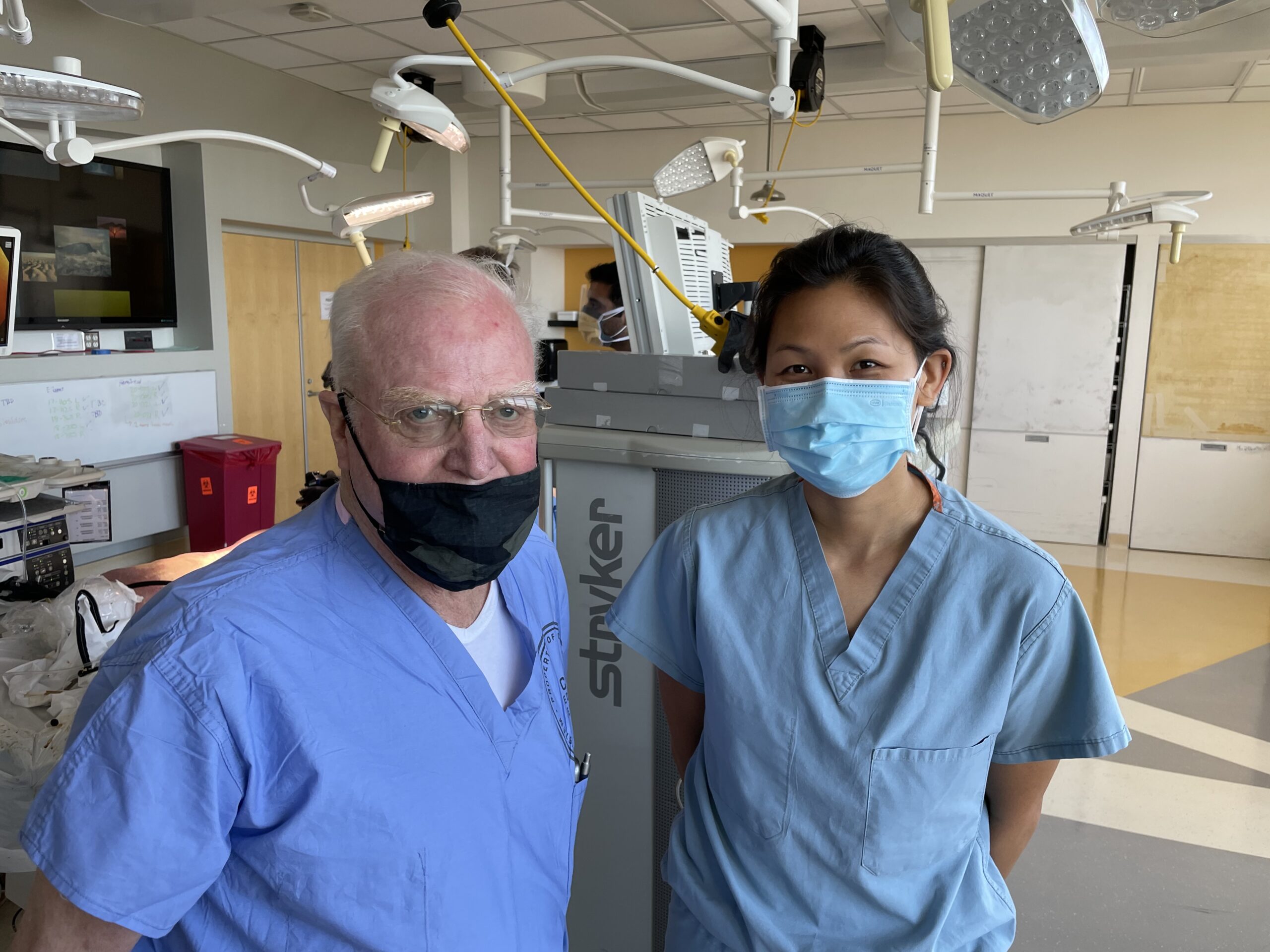At the annual meeting of the Society of American Gastrointestinal and Endoscopic Surgeons (SAGES) now underway in Denver, Colorado, an international team of researchers from San Francisco-based start-up Myka Labs and leading academic institutions announced results of preclinical studies on an innovative new approach to treating small bowel stricture, a common and much-feared condition experienced by patients with Crohn’s disease. The results of this groundbreaking new study could have profound and wide-ranging implications for the treatment of stricture in a wide variety of conditions and organ systems.
Strictures are wall thickening-associated narrowings in organs with tubular structures, like the bowel. In Crohn’s disease, strictures routinely occur in the small bowel that can be so serious as to be a barrier to acquisition of adequate nutrition. Through-the-scope (TTS) balloon dilation provides transient relief of stricture symptoms, but many Crohn’s small bowel strictures persistently recur and progressively worsen, leading to major surgery. New ways of treating stricture that are minimally invasive and provide a durable resolution are highly sought after.
Recent experience by clinicians working closely with Myka Labs to develop improved ways of treating esophageal atresia, a malformation in the esophagus seen in around one in every 3,000 newborns, has spurred interest in the possibility of treating strictures using a mechanism of action known as intraluminal longitudinal compression. Intraluminal longitudinal compression is closely related to the mechanism of action that brought about such favorable results in the recent esophageal atresia patients.
With the recent experience with esophageal atresia as the starting point, a group of leading clinicians and researchers including Dr. Caressa Chen of the University of California at San Francisco, Dr. Michael Harrison of Myka Labs and UCSF, Dr. Swanstrom of Myka Labs and the Institute for Image-Guided Surgery in Strasbourg, France, and Dr. Martin Lukas of ISCARE in the Czech Republic teamed up to precisely characterize how small bowel strictures respond to longitudinal compression.
The highly nonuniform distribution of fibrotic tissue in strictures necessitated the adoption of innovative approaches to precisely characterize stricture response. In the newly reported study, the research team used miniature clip-like device components developed at Myka Labs with integrated arrays of ultraminiature sensors. High-resolution data captured by the sensors is streamed in real time via Bluetooth to external receiver modules used by the research team.
By analyzing the data captured by the tiny sensor arrays built into the clips, the team discovered three distinct stages of the stricture response to longitudinal compression. The first and second stages are characterized by rapid compression of the stricture tissue–which can be as long as several centimeters prior to treatment–into disks around a millimeter thick. During the third stage, the core region undergoes ischemic necrosis, accompanied by healing at the periphery. The dynamic nature of the stricture response and the time associated with each stage are expected to have important implications for the design of longitudinal compression therapy device systems.
Stricture is one of several high-unmet-need conditions addressed by pipeline of innovative products from Myka Labs, Inc., a start-up company pioneering advanced systems and technologies for carrying out complex GI tract interventions less invasively. Myka Labs is based in San Francisco, California with operations in Boulder, Colorado and Strasbourg, France.
